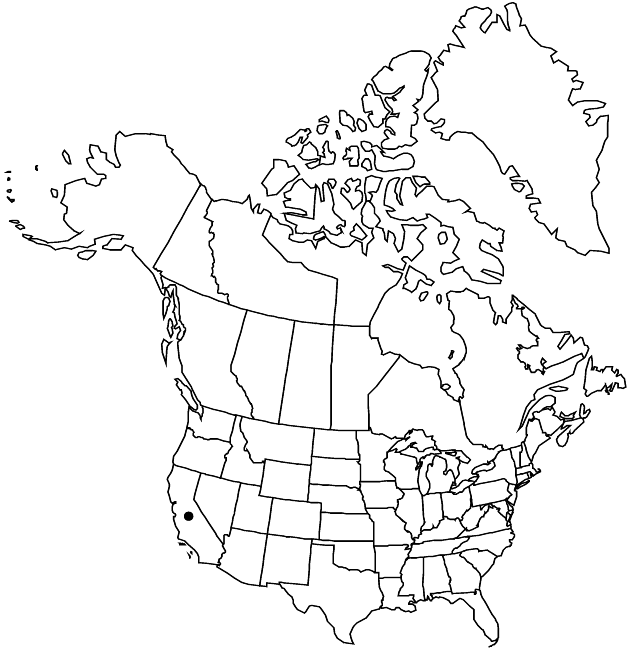Packera greenei
Phytologia 49: 47. 1981.
Perennials, 20–30+ cm; rhizomatous (rhizomes horizontal to erect, not branched), sometimes stoloniferous. Stems 1, irregularly lanate or tomentose. Basal leaves (and proximal cauline) petiolate; blades orbiculate, ovate, oblanceolate, or rhombic, 20–50+ × 20–40+ mm, bases tapering, sometimes obtuse, margins coarsely dentate to crenate-dentate. Cauline leaves gradually to abruptly reduced (petioles broad-winged, clasping, blades obovate, bases tapering, margins irregularly dentate; distal sessile, linear to lanceolate, entire). Heads 1–3+. Peduncles bracteate, lanate or tomentose distally. Calyculi conspicuous. Phyllaries 21, green (tips sometimes deep red), 8–10+ mm, densely tomentose proximally, sparsely tomentose distally. Ray-florets 8–10 (–13); corolla laminae (red-orange) 8–15+ mm. Disc-florets 35–65+; corolla-tubes 4–5 mm, limbs 5–6 mm. Cypselae 1.5–2.5 mm, glabrous; pappi 8–11 mm. 2n = 40, 46, 92.
Phenology: Flowering mid May–early Jul.
Habitat: Dry, rocky, usually serpentine soils, open scrub-pine associations
Elevation: 100–1600 m
Discussion
Of conservation concern.
Packera greenei is known from Coast Ranges of northern California. It has relatively large heads and bright orange-red ray corollas; its leaves are usually cyanic abaxially.
Selected References
None.
